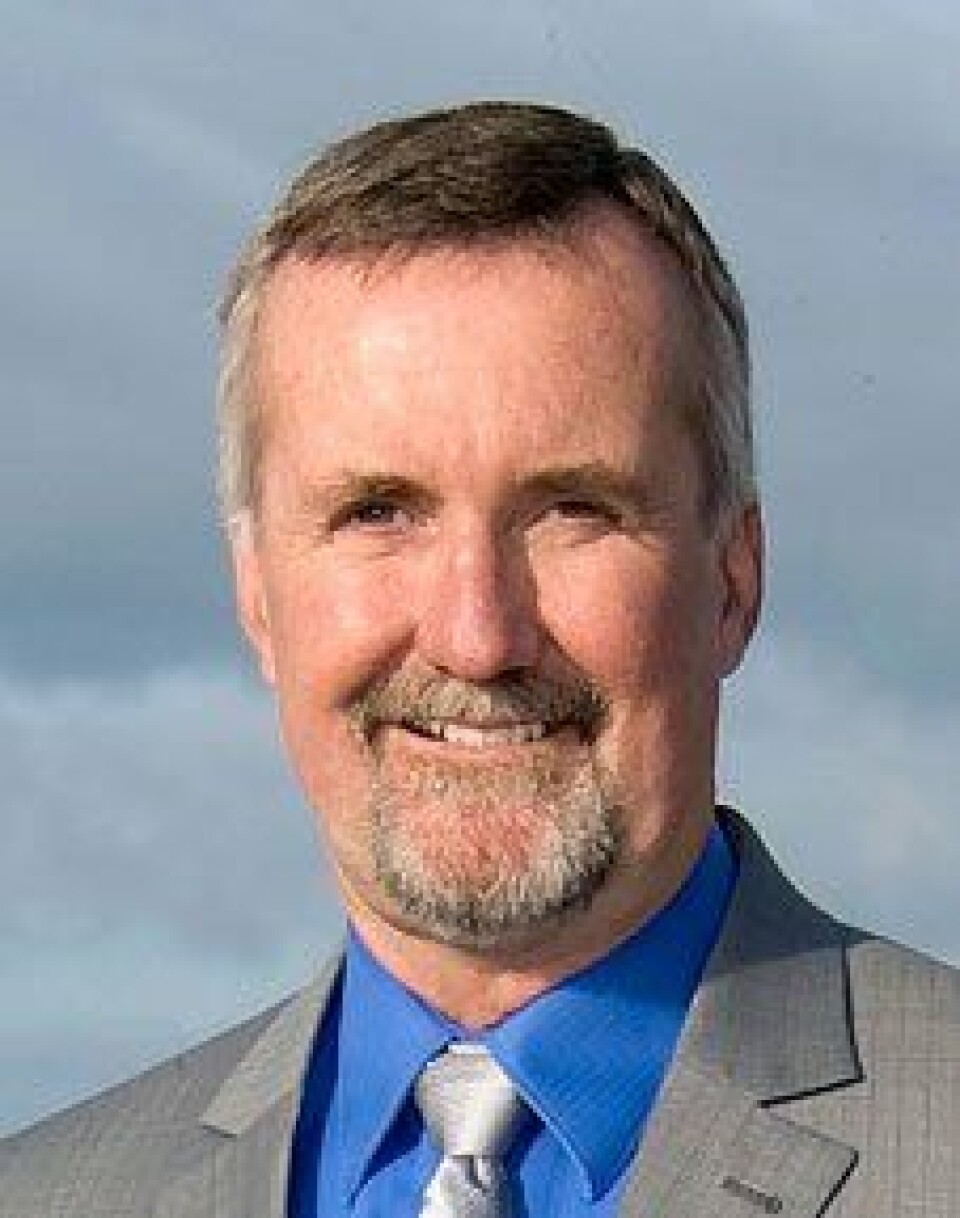
Further backing for aquacultural expansion
Researchers at the University of California Santa Barbara report that farming fish is the most ecologically and economically viable option for protein production.
A team of researchers at UC Santa Barbara assessed wild-caught fish, farmed fish and land-based farming to determine the most viable long-term option for increasing protein production, and farmed fish came out on top.
Dr Steve Gaines, Dean of the Bren School of Environmental Science & Management at UC Santa Barbara, has been working to change American minds about aquaculture. Compared to raising livestock, or even to an entirely vegetarian diet, aquaculture can have a much lower environmental impact.
“[The analysis] completely changed my perspective,” Gaines said. “There are some really bad ways to do aquaculture, but if you look at best practices, they are dramatically better than any production on land. In many cases, it’s 50 to 100 times higher environmental impact to produce on land than in the ocean.”
Wild fish are limited
Gaines and his team determined that increasing the productivity of wild-caught fish would only meet 5 to 10 percent of global demand, and when compared to livestock, they found that feeding the world population in 2050 would require the equivalent of 75 percent of South America into new food production.
Their assessment accounted for factors such as the area used for food production and the cost of feed and fuel and how they impact greenhouse gases.
The lowest environmental impact came from unfed aquaculture such as clams, mussels, oysters and seaweed, which can grow without being fed.
Gaines noted that species that require feeding such as fish do have a higher environmental impact than unfed species; however, this impact will likely be reduced in coming years as researchers find better ways to feed fish, including developing food from bacteria and yeast.
“We should be encouraging the best sustainable practices in aquaculture,” Gaines said.
“There’s not enough wild fish to feed us all,” said Ryan Bigelow, program engagement manager for the Monterey Bay Aquarium’s Seafood Watch, which helps consumers and businesses choose seafood that’s caught or farmed sustainably. “There’s no scenario where aquaculture is not part of our food future. If we’re going to do it, we should do it well. There are good options out there.”
Developing large scale solutions for a global market
To prepare for the increasing demand for farmed seafood, UC Santa Barbara’s Sustainable Aquaculture Research Center is helping to develop environmentally sound solutions for fish farming around the world, and looking at the policy shifts that could support it.
For example, the centre is working with fish farmers and legislators in California to advance offshore and onshore marine aquaculture, with the goal of identifying best practices and minimizing environmental impacts, while in Mexico, the center is collaborating with other researchers to assess the feasibility of enhancing populations of large sea bass and Catarina scallop through aquaculture.
The center also is working with UC San Diego researchers to compare the ecological and human health effects of different aquaculture habitats (offshore, coastal, land-based) and what this might mean for the development and regulation of aquaculture in California and globally.























































